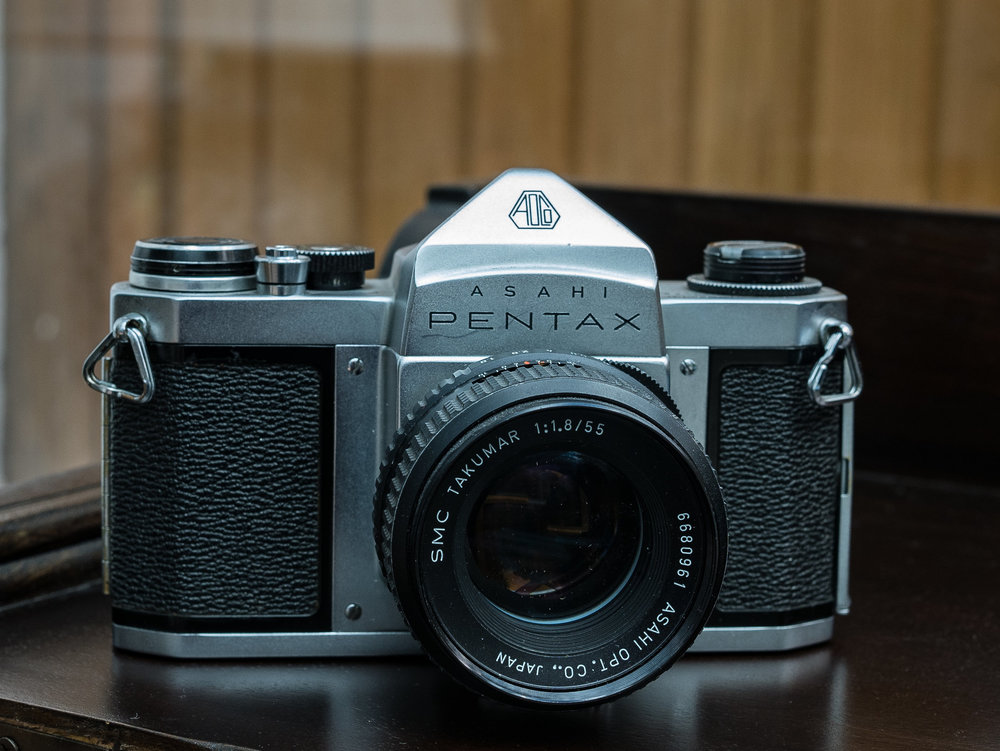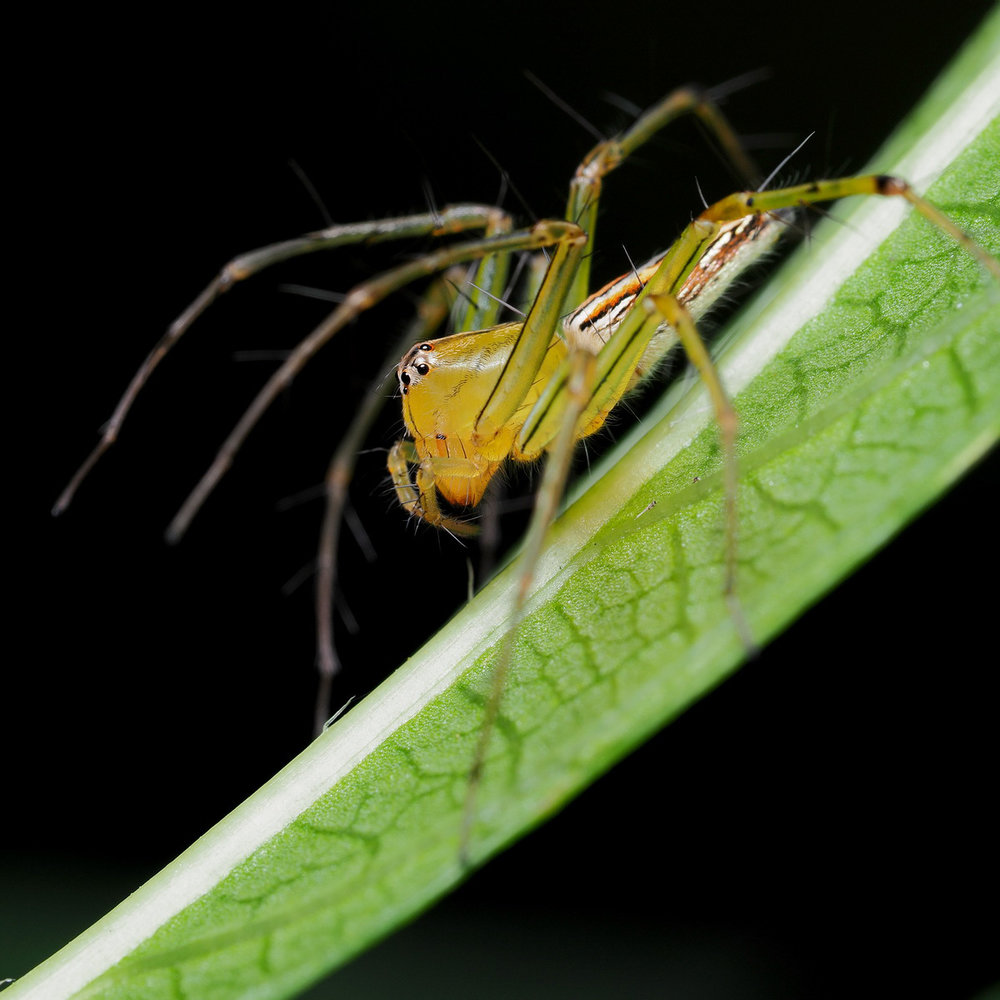
Wider depth of field at any given aperture is often cited as a disadvantage of micro four-thirds. But often it is actually an advantage. The smaller m4/3 sensor means that there is approximately a two-stop variance in depth of field from full frame. Thus, an f/1.4 full frame lens will give you a much tighter area of focus that the same aperture stop on the smaller sensor — which equate to f/2.8 on the full-frame sensor. But it would still be an f/1.4 in terms of light gathering capabilities.
The search for wonderful bokeh and extreme subject isolation by means of a very narrow depth of field has become something of a fetish among some photographers. It sort of looks, you know, professional.
Yet there are some instances where a wider depth of field at faster apertures can be an advantage. For instance, I normally use m4/3 for handheld, natural-light product shots because it is often good to have a wider aperture from a lighting point of view while ensuring that the whole of the subject, such as a camera, is in focus. It is possible to use a faster speed and a wider aperture without spoiling the shot with an ultra-narrow focus area.
This also brings advantage to macro photography. Robin Wong of the Ming Thein blog has written a compelling piece on this subject but in relation to insect photography in particular. As a former Olympus employee, Robin is a great fan of the m4/3 system and finds that the second-to-none image stabilisation features, particularly of the OM-D cameras, to be a great asset when doing insect macro work. But more depth of field is one of the biggest advantages of the format:
“Generally seen as a weakness of the Micro Four Thirds format, the difficulty in achieving very shallow depths of field becomes an advantage with insect macro. While most photographers want beautiful bokeh, and throw the background as far out of focus as they can, macro photographers, want to have as much depth of field as they can get away with. If the depth of field is too shallow, you can only see the insect’s eye in focus, for example, but you want the wings of the insect and the patterns on the body in focus as well, given how beautiful they can be. As a rule of thumb, Micro Four Thirds will give you twice as much depth of field as a full frame system will for a certain f-stop.”

______________

Is this really correct? Having shot macro with both Canon FF (100mm f2.8L) and Olympus (60mm f2.8), the depth of field control never felt different.
I think that there is a lot of confusion with DOF and u4/3, caused by the usual equivalence muddle. If you are shooting comparable macro lenses and framing at f11 on u4/3, this is (roughly) equivalent to shooting at f22 on FF – and in both cases the diffraction limit is the same for similar resolution sensors, and ultimately limits what you can do.
That said, I much prefer macro on u4/3 both because of the huge size/weight advantage and also for the greater effective magnification you can get when using a 1:1 macro lens.
Mark,
I’m no macro expert so I’ll leave that conclusion to Robin Wong. But I can definitely notice a difference in in-focus depth of field between FF and m4/3 (or, for that matter, APS-C). For a really dramatic demonstration, though, you have to look to medium format where depth of field at wider apertures can be Rizla thin.
Very illuminating, thank you, Mike. I’ve quite often run into the problem of too shallow a depth of field even with APS-C but hadn’t thought of MFT as a good way forward.